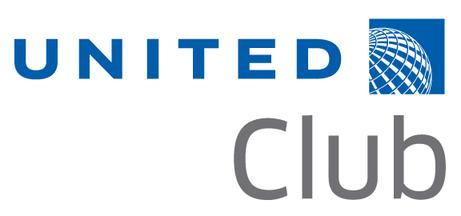Airport Lounges: The Perk Everyone Wants, Few Understand
Lounges are fantastic—cocktails, food, and a quiet escape from the gate. But the rules? A maze of guest limits, same-day flight restrictions, and fine print that makes it way harder than it should be.
Practical Explanation
Airport lounges are private spaces where you escape the chaos of the gate: free food, drinks, Wi-Fi, comfy seating, and sometimes even showers. They're basically a quiet, comfortable oasis in the middle of airport chaos.
But here's the catch: not all lounges are created equal, and the rules for getting in can be surprisingly complicated.
There are three main types of lounge access:
Key insight: Before you pay extra for lounge access, check what's actually available at your home airport and the places you travel most. A $695 annual fee for lounge access doesn't make sense if there's only one mediocre lounge at your airport.
Bank Lounges
Amex, Capital One, and Chase built their own lounges to compete with airlines. They're usually the nicest spaces, but you need each bank's top-tier card. The rules for bringing guests and adding authorized users (people you give cards to, like family members) can get expensive quickly.



Airline Lounges
The classics: Delta Sky Clubs, United Clubs, American Admirals Clubs, Alaska Lounges. These are tied to the airline you're flying that day. That's the key—you usually need both the right card *and* a same-day ticket on that airline. Great if you're loyal to one carrier, frustrating if you hop around.




Key Takeaway
Airline lounges are perfect if you're loyal to one carrier. If you bounce around, they lose value fast—because you need both the right card and a same-day ticket on that airline. Add in guest fees and authorized user costs, and the math can get complicated. Still, if you're a frequent flyer on one airline, these can be worth their weight in free snacks.
Priority Pass
Priority Pass is the biggest lounge network (1,300+ worldwide). Lots of cards include it. The catch: quality is all over the place. Some lounges are excellent, others feel like waiting rooms with free crackers.
Guest Rules
Vary by the card that gave you the membership. Some include 2 free guests, others charge, some don't allow guests at all. Always check your card's version.